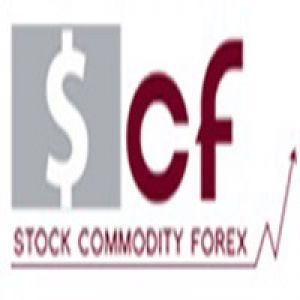Wide Scope of Moneycontrol Commodity in Trading MarketPosted by Santosh Sharma on May 15th, 2017 The commodity trading has a long history and the first organized trading was the constitution of the Bombay Cotton Trade Association (1875), 125 years back from now. India has a pulsating futures market in commodity trading since it was withdrawn in mid-1960 because of the uncertain conditions like natural calamities, war, and the consequent shortage. But, after surviving with the situations, the commodity landscape has been growing enormously and the national commodity exchange has successfully managed to make a huge evolution since its beginning along with the surging size of the market with every passing year. According to the Forward Markets Commission FMC, the regulator of the commodity market, with the moneycontrol commodity, the turnover of the trading market has jumped to 120 times increase after the introduction of the electronic trading technique in the year 2003. The MCX is the world’s largest exchange in silver, the second highest in Gold, natural gas and copper, and the third dealing in crude oil futures. However, when evaluated entirely, the exchanged commodities contribute only fifth of the complete volume of the commodities that are traded in India. Universally, the commodity futures market is 30-40 times the dimensions of the core physical commodity trade. The greater the multiplier, the more delicately the commodity price risks can range across the market. Thus, this is a proof that there is a huge scope for increasing the dimensions of the futures commodity trading in India. The commodity market is largely contributing to the financial market of the country. The scope of commodity trading is huge as the trading takes place in a wide range of products like base metals, precious metals, energy, crude oil, and soft commodities (palm oil, tea, coffee, etc.). With moneycontrol commodity, the traders build an active, vibrant, and liquid trading market. Also, a control over the financial funds would help the investor or trader to lower their commodity trading risk, book speculative positions, and get explored to the arbitrage opportunities of the market. On this platform of trading, the fair commodity value is determined via active participations of the commodity stakeholders, also, they can access the information any time based on the demand and supply conditions. The moneycontrol commodity is required for both the distinct forms of market, i.e. over the counter (OTC) market and the exchange-based market. Furthermore, there exists the spot and derivative segment just as in equities. The spot markets are basically over the counter markets and the involvement is restricted to people who are trading into the commodity like the farmer, wholesaler, processor, etc. Whereas, derivative trading grosses through exchange-based markets with standardized contracts, settlements etc. Like it? Share it!More by this author |


